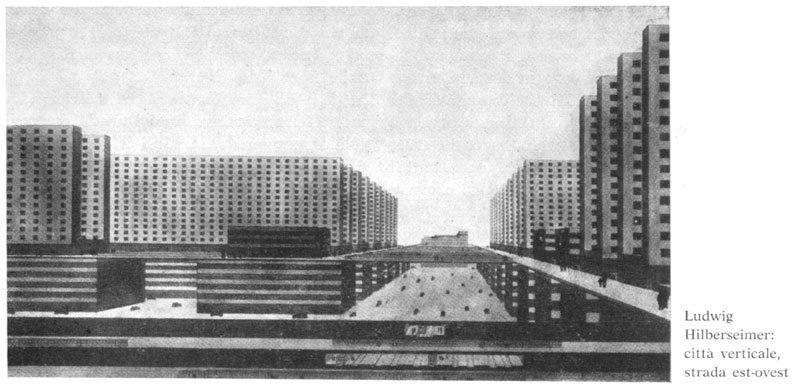
What she does not yet realise is that Starchitects have already had their day. If executed, this would be the perfect manifestation of Hilberseimer’s aesthetics of speculation. Zaha Hadid recently said she would love to do a tower in London. There is not space here to list my manifold complaints with this architecture, except to say that it conflates functional indeterminacy with formal exigence. The generic obviously stands resolutely against the formal flatulence of the Parametricists, whose sculpture-architecture is always singular. The increasing difficulty of being alone of being unknown of being private are inextricably linked to the rise of the aesthetics of anonymity. Even before the revelations of Edward Snowden concerning the mass collection of our data, it was clear the problems of privacy and anonymity in a digital world were going to be a defining paradigm of the 21st century. There is another relevance to these blank blocks, often described as dehumanising and alienating in their homogeneity. At least the Hochhausstadt is honest about what it is and how it is expected to perform. Mies: ‘Our task is precisely to liberate building activity from the aesthetic speculation of developers and to make it once again the only thing it should be, namely, BUILDING.’ The aesthetic purity of Hilberseimer’s blocks is certainly preferable to the rather sad, cheap housing being thrown up around London and other British cities today (what Hilberseimer would have known as ‘mietskaserne’, or rental barracks). In effect, the metropolis is the precipitate of specific − primarily economic − conflicting forces. It is for this reason, as Richard Anderson explains in his truly excellent and thorough introduction, that ‘ understood aesthetic speculation and speculative building to be fundamentally linked’. At the same time, he was simply pursuing the logic of the metropolis to its most extreme conclusion. ‘Le Corbusier’, he said, ‘did nothing other than shift horizontal congestion into a vertical congestion of high-rises.’ In this respect, Hilberseimer was ultra hardcore: the punk of Modernism. In fact, Hilberseimer hated Corb’s projects, picking holes in his calculations, labelling them bourgeois and flawed.

In his Hochhausstadt of 1924 there is no zoning, one typology, and a ruthless efficiency in the superposition of circulation, production, consumption and reproduction. Whereas at this point Le Corbusier still differentiated architectural typologies (housing, office, culture) and allotted each their own role within the hierarchy of the city, Hilberseimer conflated everything. This might sound like the typical Modernist rhetoric, but Hilberseimer took the principle to its highest level.
#Highrise city hilberseimer free#
Hilberseimer argued strongly for a total break with history, ‘an end to the metropolis that is based on the principle of speculation and whose very organism cannot free itself from the model of the city of the past, despite all the modifications it has experienced − an end to the metropolis that has yet to discover its own laws’. When Le Corbusier allotted each architectural typology their own role within the hierarchy of the city, Hilberseimer conflated everything As Pier Vittorio Aureli notes in his afterword to the book, Hilberseimer is known (if at all) as the author of the Hochhausstadt, whose ‘two images have been used so frequently to represent the horror of the modern metropolis that they have become clichés, especially because they are often considered only as images and not as illustrations of a precise urban proposal’. Nonetheless, this touching (if somewhat maniacal) concern for architecture’s inhabitants stands against Hilberseimer’s reputation as a ruthless Modernist.

Apparently he became obsessed with the students’ thermal comfort, making constant modifications in a futile attempt to regulate a glass box that seasonally baked and froze.

At the request of his close friend and collaborator Mies van der Rohe, Hilberseimer had designed custom venetians for Crown Hall. In the last few years before he died, Ludwig Hilberseimer − then senior professor at the Illinois Institute of Technology − spent several hours a day raising and lowering blinds.

Hilberseimer’s blank blocks resonate with today’s aesthetics of anonymity, and lead Jack Self to question the relevance of sculpture-architecture


 0 kommentar(er)
0 kommentar(er)
